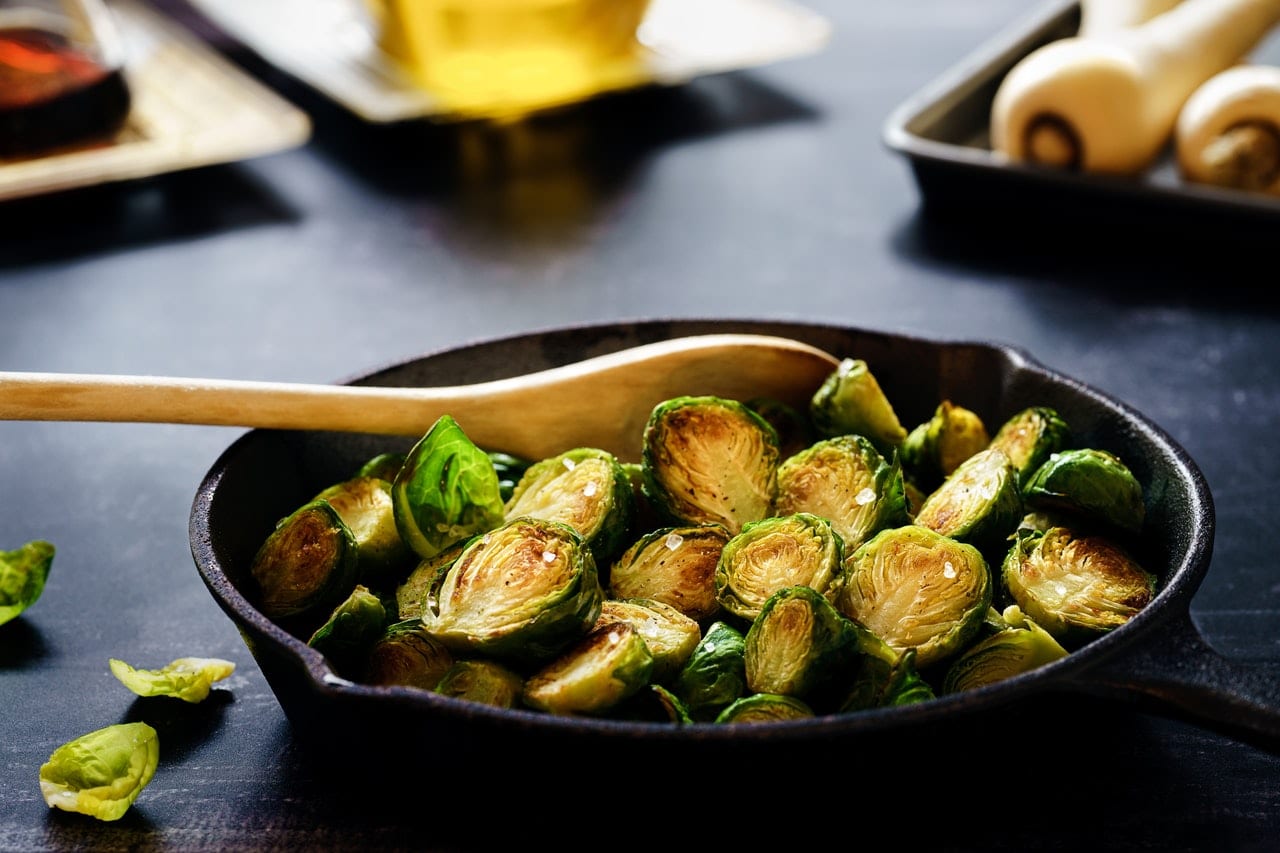Cast-iron skillets are great cookware, and many Michelin star chefs use them for a variety of cooking techniques from frying to baking whole birds. While they are quite useful in cooking, they also need the right kind of maintenance so they would last longer.
And of course, you wouldn’t want to use a cast-iron skillet that has stains and burnt food on it. In today’s blog, we’ll be talking about cleaning cast iron with salt, how to clean a cast-iron skillet properly, and how to wipe a cast-iron skillet with burnt on. In addition to properly cleaning your skillet, we will also tell you how to re-season it.
How To Clean Black Residue Off Cast-Iron Skillet
The black residue that we all hate seeing on our cast iron skillets are residues of burnt oil and food, both of which are natural consequences of cooking. Unfortunately, all the usual steps for cleaning other kinds of cookware do not apply to cast iron skillets.
You cannot use dish soap on them, and scouring the surface with a ball of steel wool will likely damage it.
On top of it all, the dishwasher is definitely out of the question. So how can we do it? How can we make our cast iron skillets perfect again without using the usual tricks in the kitchen?
Don’t worry anymore, because we are going to teach you exactly how to clean your cast iron skillet without damaging it. You will need the following materials: rock salt, vegetable oil (any kind of neutral oil), and a sponge. You can also use a stiff brush for cleaning your skillet.
- The best time to clean a cast-iron skillet is immediately after cooking. Don’t leave it on the countertop, don’t let it languish in the sink (as this will likely cause rusting) and do not throw it into the dishwasher.
- After each use, clean your cast iron skillet with hot water and your sponge or stiff brush. Using boiling water is recommended, so you may want to wear some thick gloves when handling the boiling water and scrubbing at the same time. Be very, very careful when doing this – don’t take chances with your skin, because trust us; you don’t need painful blisters while cooking.
- If you have a lot of dark gunk on the bottom of the skillet, you need some mighty help from salt. Use rock salt or Kosher salt for clearing that dark debris on the bottom.
- Pour a generous amount of rock salt on the bottom of the skillet and start scrubbing using your brush or scouring pad. Keep scouring until you see the gunk come off.
- Rinse off the residue from the skillet and bake the pan for 10 minutes at 350 degrees Fahrenheit. This should finish off the job nicely for you.
- After baking the skillet, it’s time to condition the surface, so it doesn’t rust. For this, you will need a moderate amount of neutral oil. Use a clean cloth to wipe down all the parts of the skillet. Start with the bottom, moving to the sides, and then lock them all in by also wiping down the external surfaces of the skillet, including the bottom.
- Store your skillet in a dry place after wiping down with oil.
Seasoning Your Skillet
Assuming that your skillet has never been seasoned (we hope not), or you have used some soap before and you are noticing some discolorations on the surface, it is time to re-season your skillet.
Seasoning a cast iron skillet will make it non-stick again, and will also make it resistant to rusting. Seasoning is easy, and it won’t take up much of your time. Here are the steps re-seasoning your skillet at home:
- Just this once, washes your skillet thoroughly with warm water and some soap detergent. Typically, we would not recommend this, but it’s safe to do right now because you are about to re-season your skillet. Use a stiff brush or scouring pad to remove any gunk or burnt food on the bottom of the pan.
- Thoroughly wash off the soap and wipe down the skillet with a clean piece of cloth. You can also use paper towels to dry your skillet.
- Add two to three tablespoons of vegetable oil or shortening on your skillet. Again, any kind of oil can be used for seasoning your skillet. Use a piece of clean cloth to spread the oil all over the skillet.
- Remember that all parts of the skillet should be wiped down with vegetable oil. This means you will have to rub oil outside, and the bottom that touches the fire.
- Place a large piece of aluminum foil below the level where you will place the skillet. Position the skillet at the center of the oven (top-level). Bake your skillet for one hour.
- When the one hour is up, switch off the oven and allow the skillet to cool down completely before removing it from the oven.
Your skillet is now seasoned and is now ready to be used again. You will know that you have succeeded with seasoning the skillet when the surface of the skillet is genuinely smooth, and it is once again non-stick.
Your skillet is now ready for frying, baking, and everything else you need to do in the kitchen.
Re-seasoning a skillet isn’t always necessary, but it is a great way to preserve your skillet when it’s starting to be worn down by daily use. Make sure that you treat all your cast iron skillets with the same care and attention that you give your favorite skillet. This way, you will be sure to get many more years of excellent service from your skillets.

